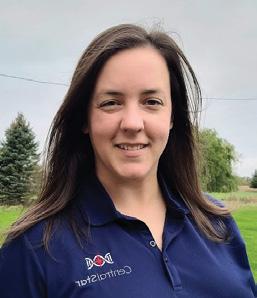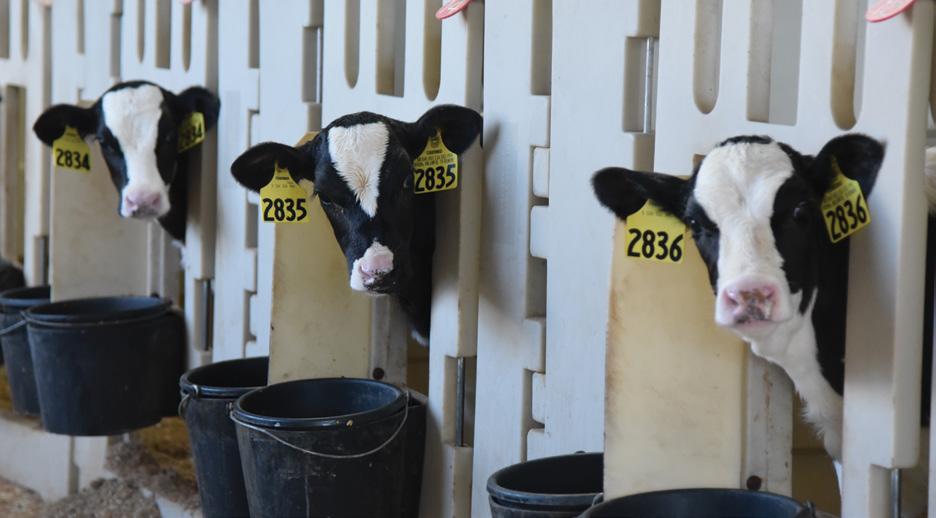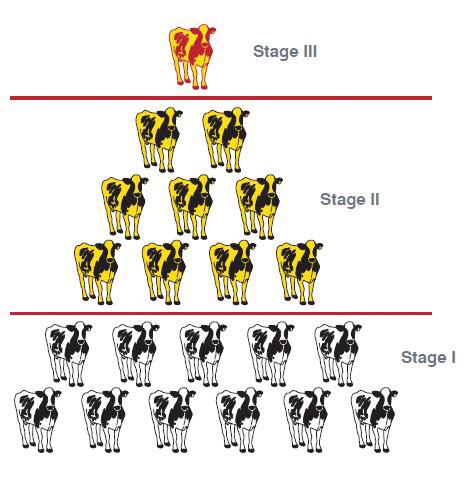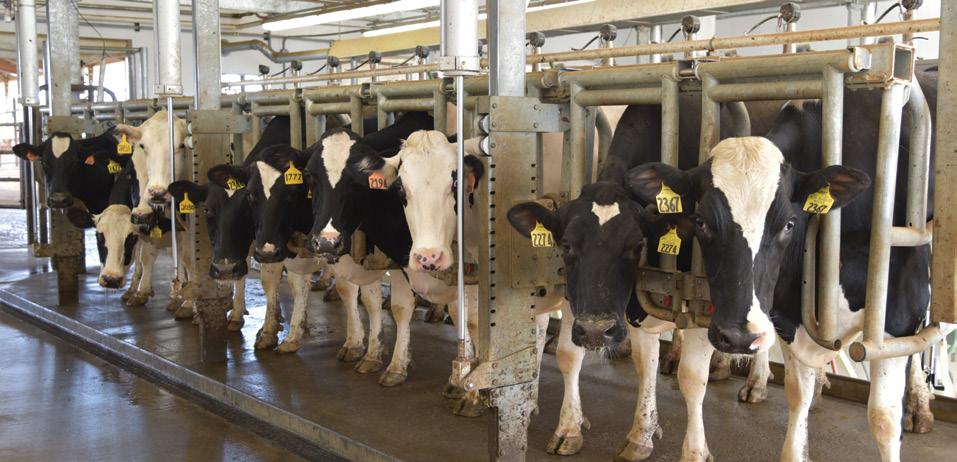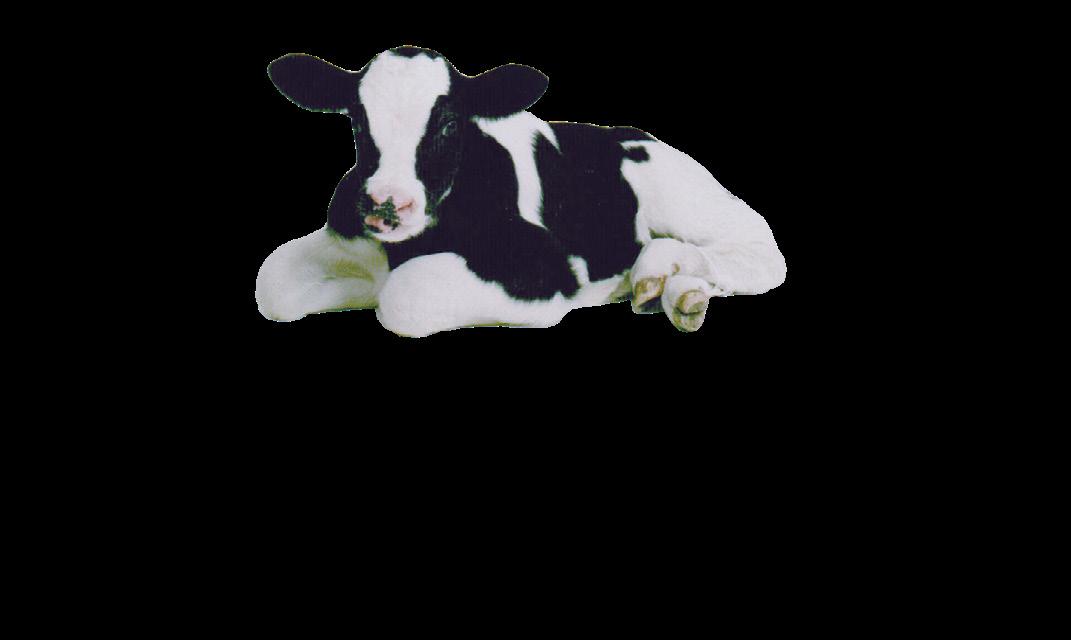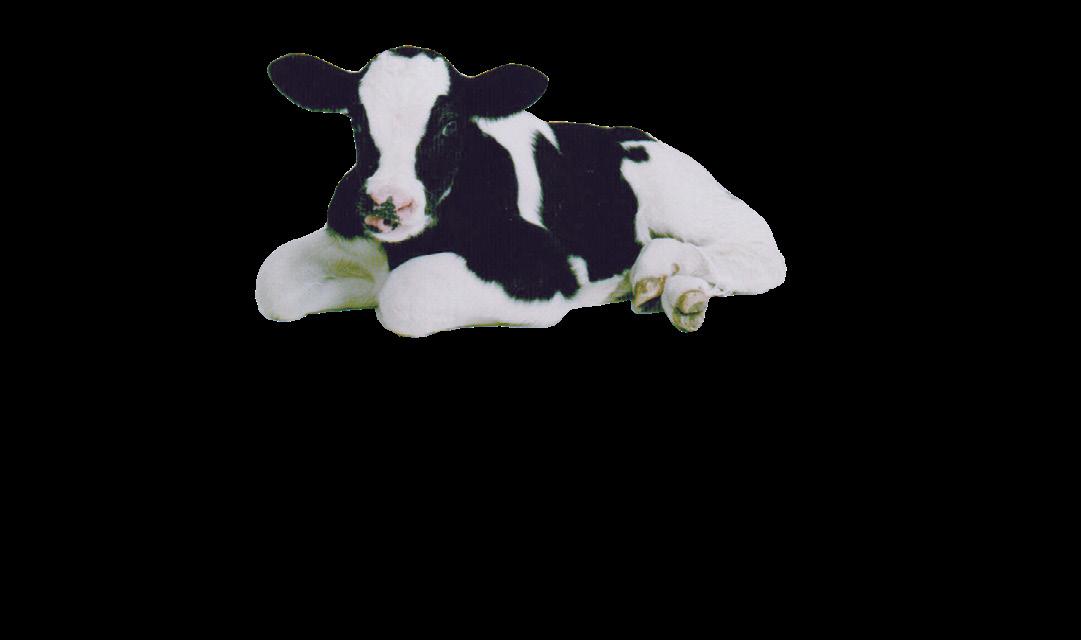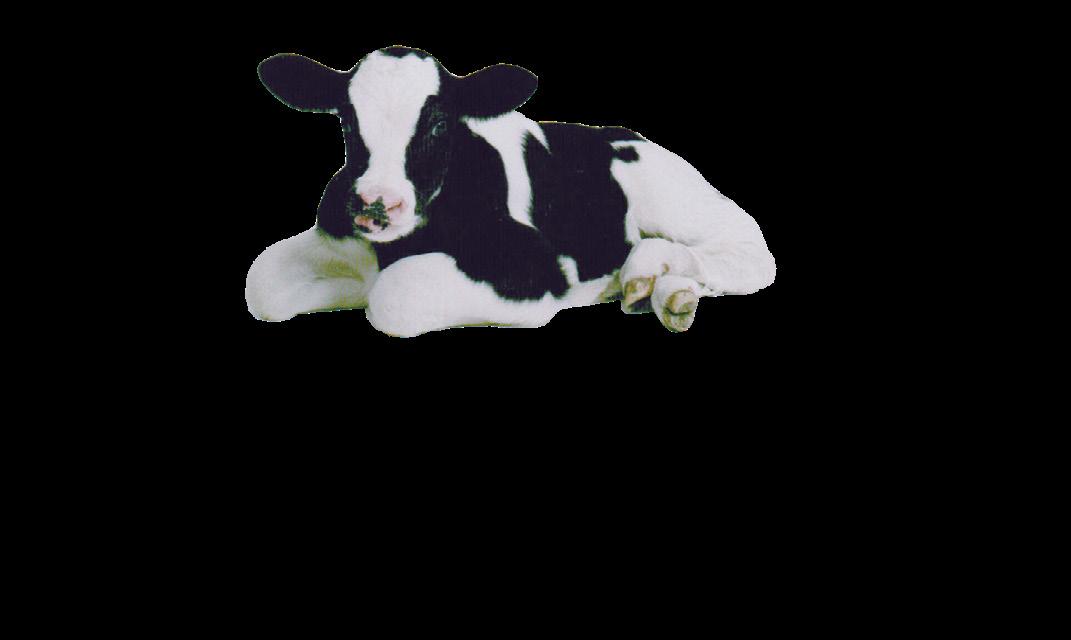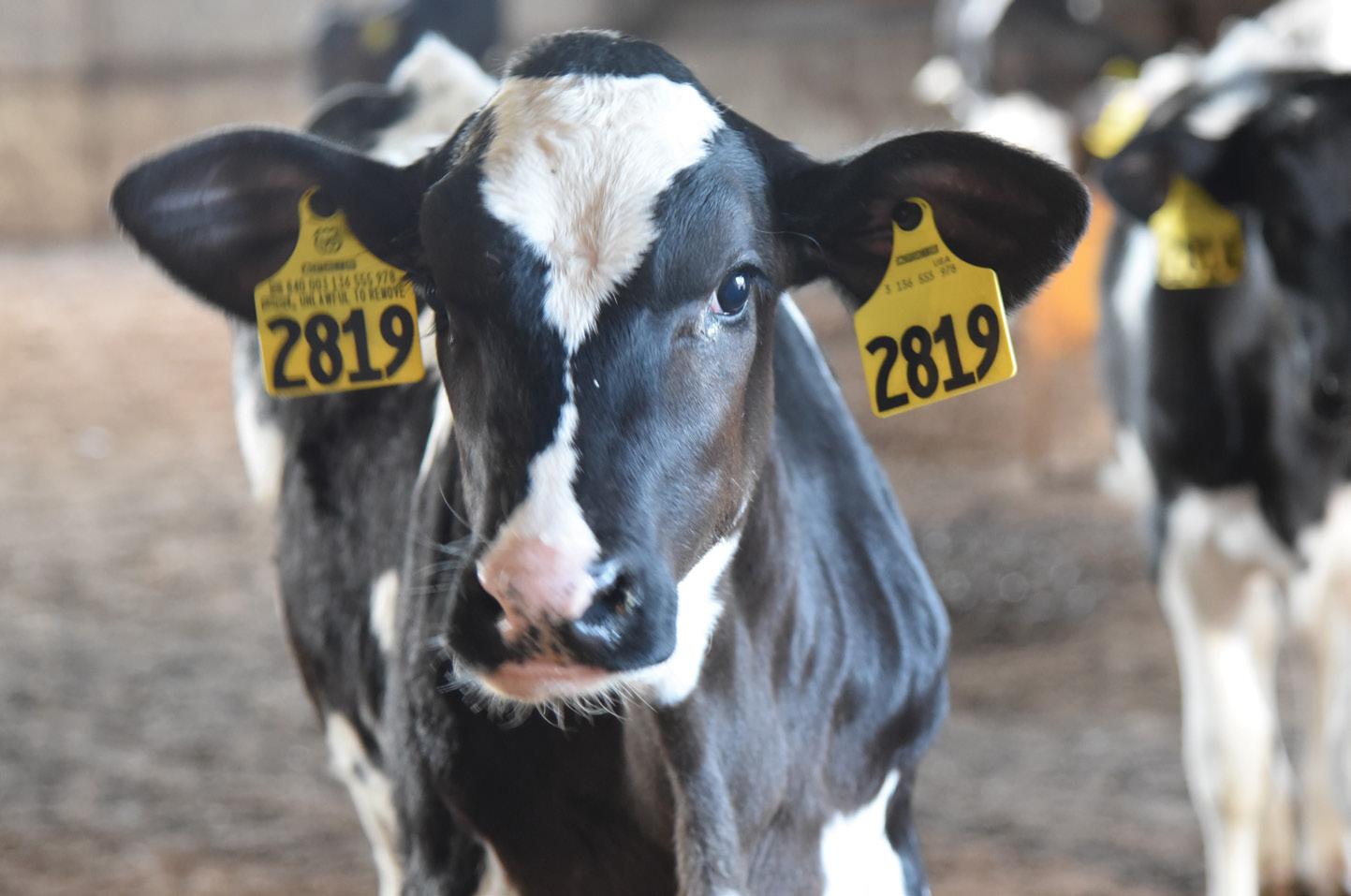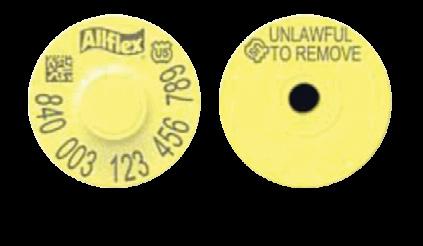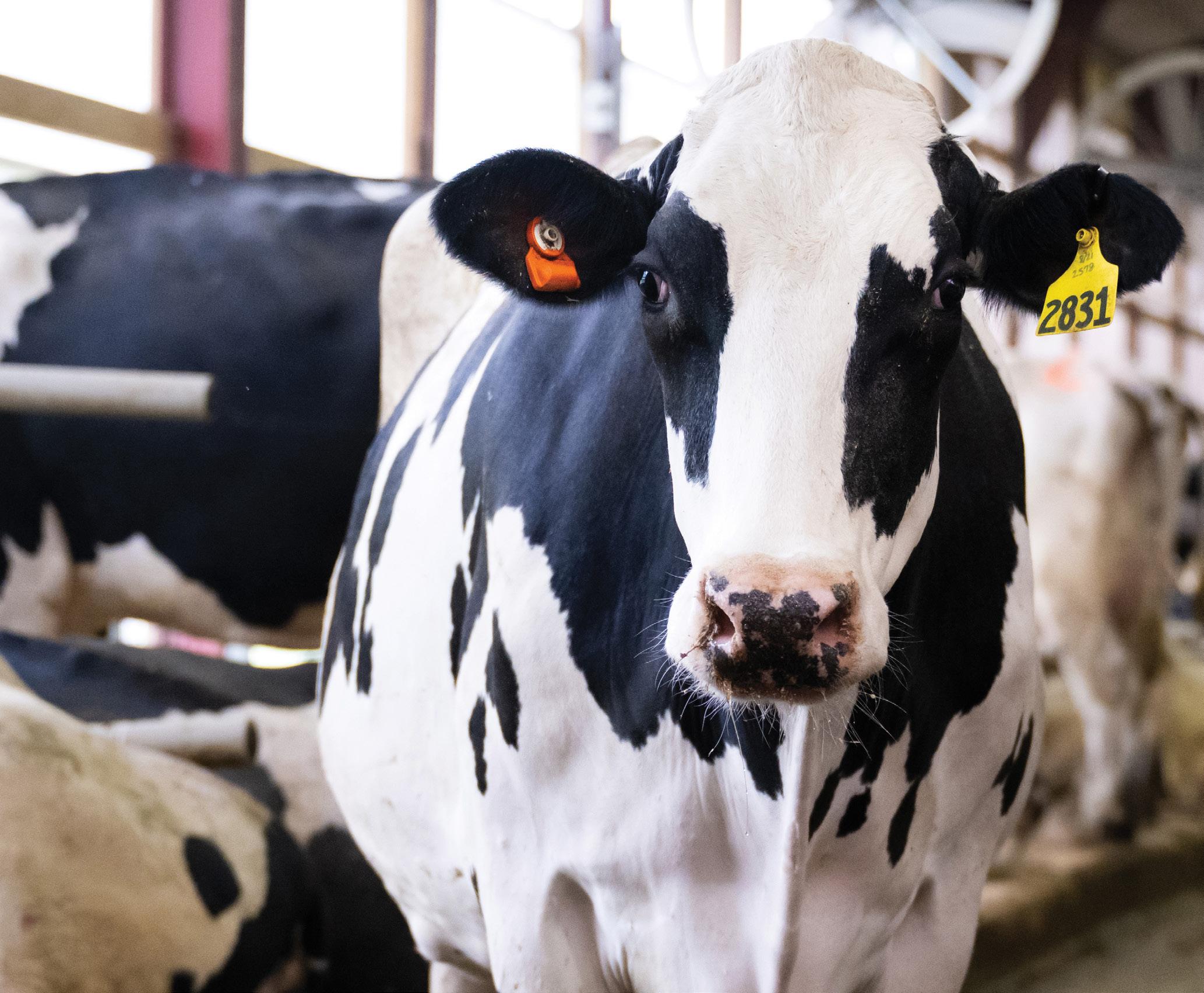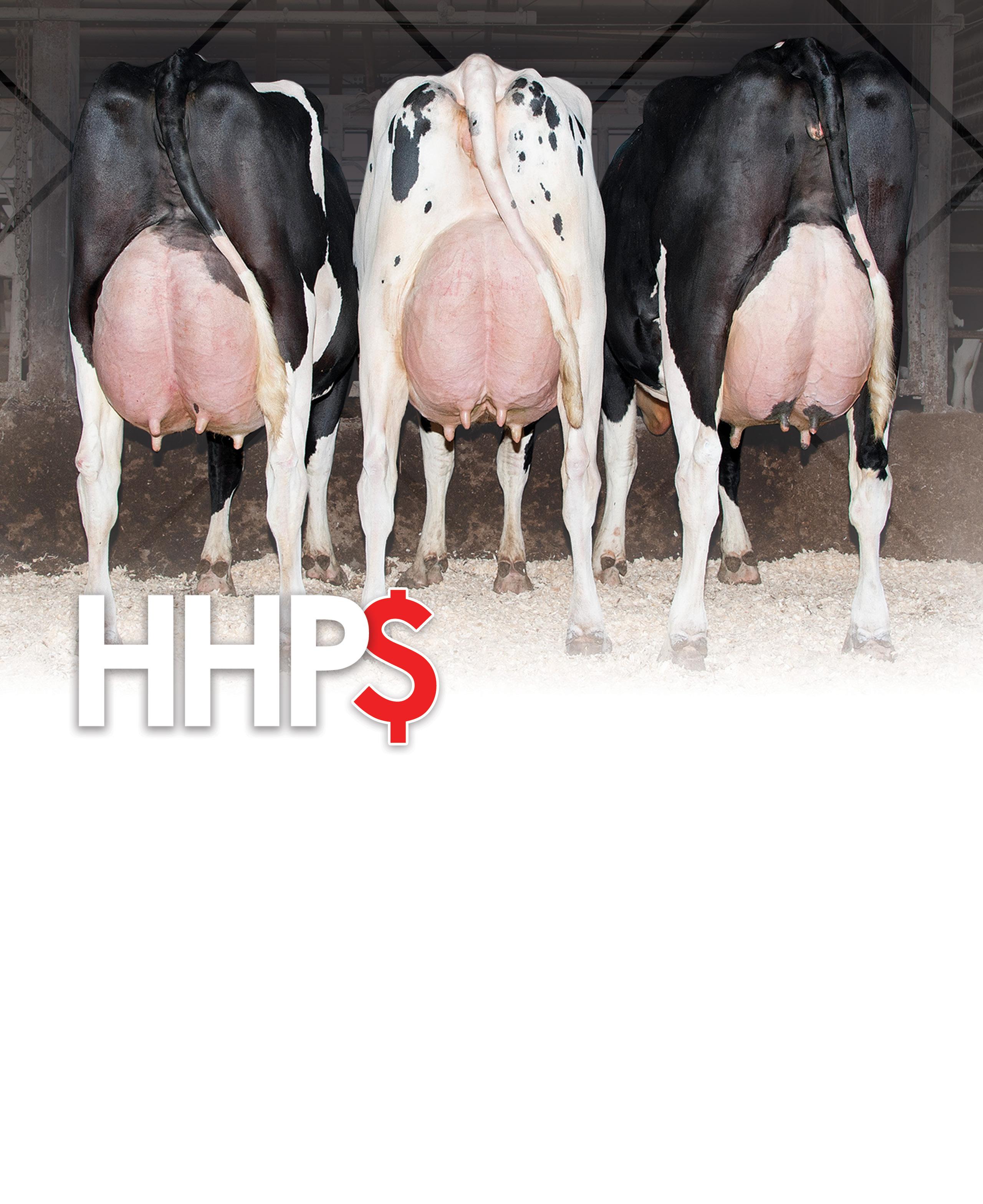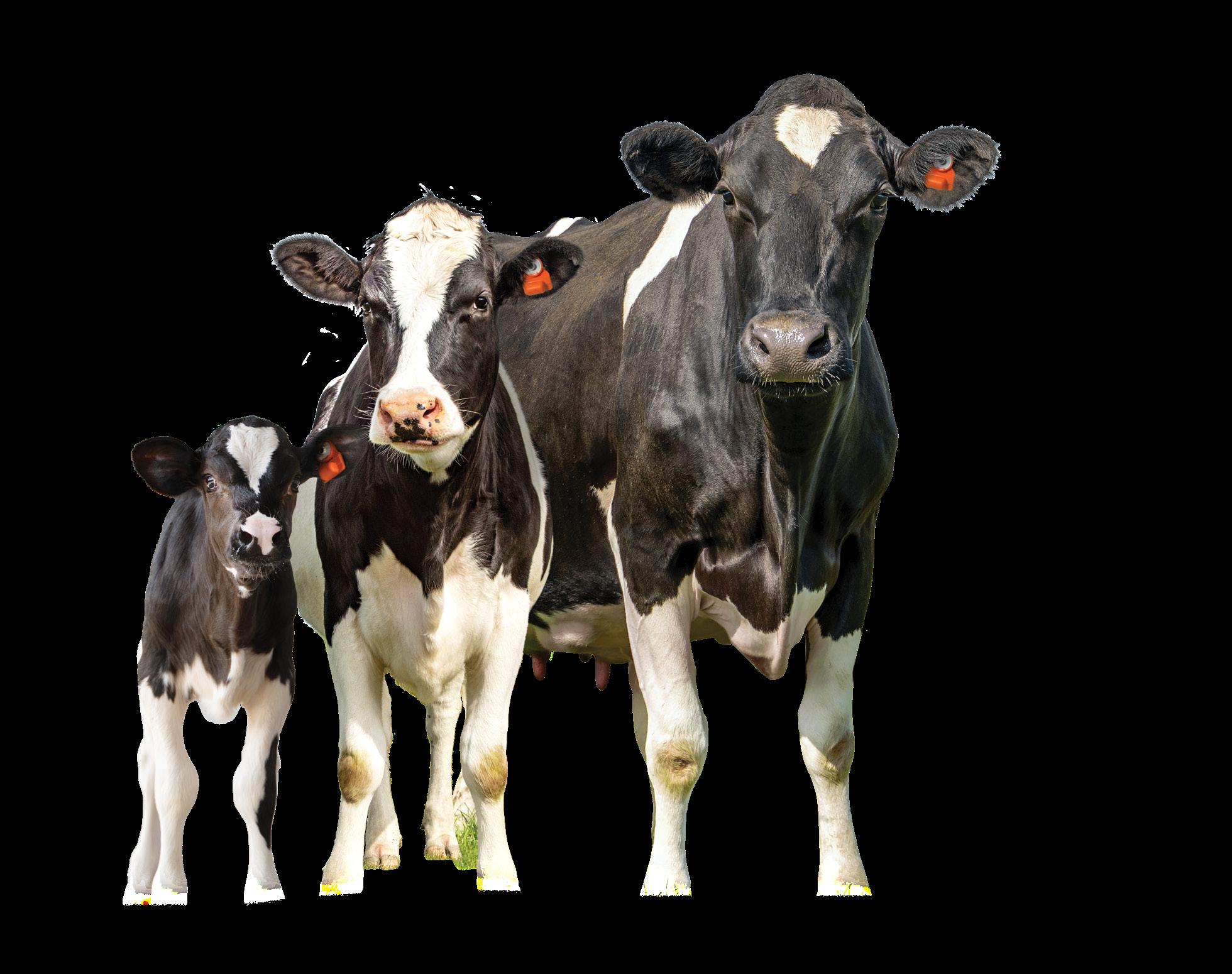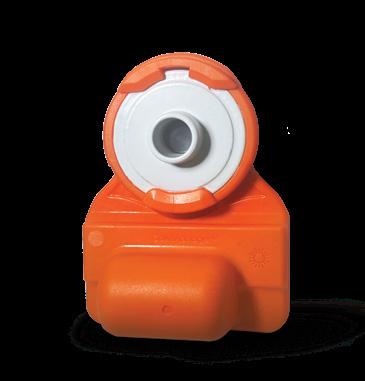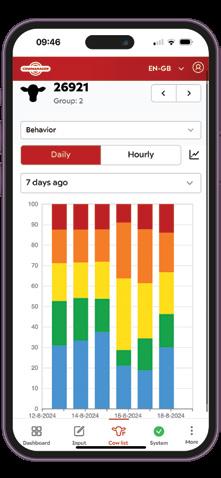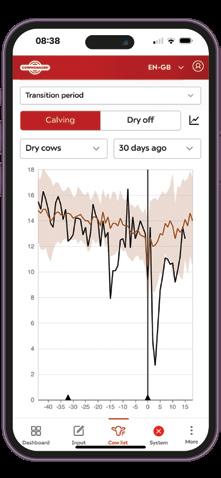


Why our team recommends HHP$® over NM$
With so many genetic indexes out there, it’s no wonder you're asking: Which one should I trust? Which fits my herd best? These are fair questions, especially when each index comes with a promise to improve your herd in slightly different ways.
At the heart of the confusion is a simple concern: Do these numbers really reflect the traits that matter most on your farm? Fertility, mastitis resistance, feed efficiency, and longevity traits are more than buzz words, they directly impact day-to-day success and longterm profit. That's why our team is sharing their experience with Herd Health Profit Dollars® (HHP$®), so you can better evaluate how it compares to NM$ and determine which index better aligns with your priorities.

More protection for mastitis-resistance
“Mastitis is one of the biggest reasons cows leave herds. HHP$ puts a heavy 13% weighting on mastitis resistance and somatic cell score, compared to only 3% in NM$,” shares Genetic Consultant Carla Stetzer. “This difference matters as we face increasing consumer pressure to move away from
antibiotic treatments. Using HHP$ means you’re making genetics work harder to keep cows healthy, without you needing to spend hours dissecting genomic data. Our team at CentralStar does that heavy lifting for you.”
Built for moderate stature, lasting strength

“HHP$ promotes a smarter kind of efficiency through cows that are moderate in size and strong in dairy form,” says incoming Director of A.I. Services Wes Vomastic. “The index places a slight negative weight on stature to avoid extremes in size, while still selecting for width and strength through the front end. That means it builds cows with the capacity to eat and the durability to stick around. HHP$ takes a more practical approach to improving feed efficiency, without sacrificing the kind of cows that last. Rather than heavily emphasizing residual-feed intake like NM$ does, HHP$ rewards the balance that works in herds, cows that convert forage well without growing too big or too frail to do the job.”
Continued on page 2.

Protein priority for a changing market
“In recent years, I’ve seen a growing desire to put more focus on protein pounds, as it seems to be the more difficult trait to move the needle on,” shares Area Sales Manager Tyler Freund. “I believe that’s a big reason a sire like (7HO16276) SHEEPSTER and his sons are so popular.
HHP$ reflects this shift. It puts more emphasis on components and places greater weight on protein, while NM$ continues to place disproportionate emphasis on fat. Recently, one of my customers who is a producer and cheesemaker, shared that reducing the extra input into making consumer dairy products with an imbalanced fatto-protein ratio is going to be a focus of processors in the future. We breed type traits for functionality, judges, and classifiers. We breed health traits for reduced vet and antibiotic costs. We breed production traits for the commodities we get paid for. Looking ahead, placing added intensity on the genetic ability of our herds to produce protein pounds to match the industry gains in fat and fluid milk may become a necessity to meet processor demands. HHP$ offers this advantage.”
Conception Rate) than NM$ (5%),” shares Director of Consulting and Profit Strategies Cole Mark. “HHP$ zeroes in on what matters most for building a herd that breeds back reliably and efficiently. The result? More pregnancies, fewer days open, and cows that stay in the herd longer.”

The right kind of udder improvement.
“When it comes to conformation, HHP$ focuses on what matters most for long-term function and udder health. Unlike NM$, which evaluates udder traits through udder composite, HHP$ puts emphasis on the individual linear traits that directly impact performance: shallower udders, strong suspensory ligaments, and correctly-centered teats for better milk letdown and easier milker attachment,” says Genetic Consultant Malissa Reed. “These specific traits help improve mastitis resistance and udder conformation, reducing costly problems and supporting lifetime productivity. HHP$ doesn’t leave udder health to general assumptions, it drives focused genetic improvement where it counts.”

A better path to lifetime profitability
“Longevity is key to profitability, and HHP$ is built to extend the lifetime of the milking herd to increase profits,” says Director of A.I. Services Jim Sipiorski. “While historically you may have found NM$ an effective index, HHP$ is a better option with its major emphasis on traits that truly impact herd life: fat and protein production, conformation, fertility, mastitis resistance, cow health, and feed efficiency. These are the genetic ingredients that keep cows healthy and milking longer. When you make HHP$ your primary sire-selection tool, it’s a direct pathway to healthier cows with more lifetime profit.”

Fertile and breed back better
“Fertility problems are a major contributor to cows leaving the herd at an early age, and longer days open. That’s why HHP$ gives more weight (12%) to daughter fertility traits (Daughter Pregnancy Rate, Heifer Conception Rate, Cow

While the CentralStar team recommends HHP$ because of its stronger emphasis on the traits that directly impact herd health and profitability, we also recognize your herd has its own goals. Whether you’re focused on NM$, TPI®, HHP$, or another index or trait, we’re here to listen, understand what matters most to you, and help you make the best genetic choices for your operation. In the end, it’s about helping you get more from your genetics and reaching your goals.
Choose any weekday that fits your schedule, tell us what you’d like to learn, and we’ll match you with a DRMS DART Support Specialist for a free personalized session. Schedule your free DART training today at https://centralstar.info/DARTtraining.
Scan to schedule today!


DON’T
A daily dose of CONVERT BIG Calf Powder keeps calves healthier from birth to weaning, resulting in fewer transition challenges. Producers report:
Reduced scours
Improved lung health*
Increased growth
Increased appetites
Reduced mortality
Improves Growth

LET THE SUMMER HEAT DRAG YOUR HERD DOWN BOVINE ACCELLYTE II
BOVINE ACCELLYTE II is a specialized electrolyte that helps to promote feed and water intake, restoring electrolyte functions and water retention to prevent losses due to dehydration. Ideal for periods of stress, rehydration, and pre-hydration, including: u heat stress, u calving, u illness, u shipping/receiving, and u feed changes.



CHALLENGES:
• Heat stress
• Dehydration
“I’ve seen a lot of success with Bovine Accellyte II, especially during the summer, because it helps cows stay hydrated, feel better, and keep producing -- even during heat stress. The electrolytes and dextrose give cows the energy they need to bounce back from heat stress, freshening, or even a tough haul. The osmolytes help keep cells hydrated. When cows feel better, they perform better, and that’s exactly what producers I work with notice. That’s why they keep using it year after year.”
- Bob Brock, Area Sales Manager
BOVINE ACCELLYTE II
• Promotes electrolyte balance for optimal hydration
• Mix in water, dry feed or use as a drench


CHALLENGES:
• Heat stress
• Dehydration
“Using Calf Accellyte is a great way to keep calves hydrated, especially during the hot summer months. I’ve seen firsthand how calves stay healthy and don’t miss a beat when it’s offered free choice in water. It has the right balance of electrolytes, mixes easily, and the calves like the taste. The farms I work with use it all summer long with great success.”
- Mike Ronnfeldt, Area Sales Manager
CALF ACCELLYTE
• Replenishes electrolytes and restores fluid balance
• Dextrose provides nutritional energy
• Mix in water


CHALLENGES:
• Respiratory distress
• Coughing
“Using AccelAIRate helps calves by preventing and treating respiratory challenges. It is included in the milk replacers my producers use, but when that’s not an option it can be easily added. This product works to help calves when they start coughing or showing signs of respiratory stress, but why not start early to prevent issues? It does not require a vet prescription. Healthier calves = increased profits."
- Harvey Stieve, Area Sales Manager
ACCELAIRATE
• On-farm-trial results show reduced use of antibiotics, fewer pneumonia treatments, and increased daily gain

Every season brings its own challenges, but summer turns up the heat on issues like dehydration, reduced feed intake, heat stress, and reproduction. Even the best programs often need extra support this time of year.
That’s why we asked our team to share product solutions they see working on farms. Their answers? Proven solutions that support hydration, reproduction, respiratory, and stress, all backed by on-farm results. See what’s helping producers avoid costly setbacks, and talk to your CentralStar team to learn more.

CHALLENGES:
• Reduced feed intake
• Reduced heat expression
• Mold-driven challenges

CHALLENGES:
• Slow fermentation
• Dry-matter loss
• Mold growth
“A couple years ago, a herd I work with was struggling with cows not showing heats, and herd checks weren’t going well. We tested their feed and found mycotoxins were part of the issue. They started feeding BioCycle Plus, and things turned around. Cows started showing heats and repro improved.”
- Nick Fischer, Area Sales Manager
“Feed costs are some of the biggest expenses on a dairy, so protecting that investment makes sense. Accel Ensile+ helps do that by reducing fermentation time and spoilage losses. One of my customers used it on his corn silage for the first time last fall, and by May, he told me it’s the nicest feed he’s ever had. He’s tried other inoculants before but never got results like this. He will be using it from now on.”
- Dave Lindberg, Area Sales Manager
BIOCYCLE PLUS
™
• Unique L-form bacteria (or cellwall-deficient bacteria) shown to support milk and repro performance when cows face DON and zearalenone challenges

ACCEL ENSILE+
• Improves fiber and starch digestibility to get more energy from forage
• Reduces dry matter and nutrient loss for better feed quality and cow performance


CHALLENGES:
• Stress increases susceptibility to all other issues, including suppressed appetite and reduced fertility
“A dairy I work with has been using FerAppease for over a year and has really seen a difference in how cattle respond to stressful situations. Every first-lactation heifer gets a dose at freshening, and by the second milking, they’re noticeably more relaxed and milk letdown is improved. They also apply FerAppease when moving cows into new groups to help ease the transition and reduce stress. FerAppease takes the edge off, and that leads to better results in the parlor and beyond.”
- Adam Wood, Area Sales Manager
FERAPPEASE®
• Contains a synthetic version of a natural-calming signal cows produce to help reduce stress
• Use on adult cattle and youngstock, as well as show cattle to help “calm their nerves”


Your herd’s performance is more than what meets the eye. Without complete data, problems go unnoticed, and opportunities are missed. DHI data fills the gaps, giving you a complete picture of each cow’s performance. Get the insights you need to make smarter, more profitable decisions with routine DHI testing.

u Early-lactation monitoring
u Spotting ketosis & transition troubles
u Reproductive performance
u Reduce labor, improve performance
u Culling decisions, inventory management
u Genetic potential
u Keep rations on point
u Early mastitis detection
u Keep data fresh
u Late-lactation insights





800.631.3510
1Preventive Veterinary Medicine, Vol. 122, Issue 3, 12/2015, Pages 257-264; 2https://extension.umn.edu/dairy-milking-cows/transition-dairy-cows#fresh-cow-healthand-events-1741212; 3https://www.thebullvine.com/news/fresh-milk-fat-protein-ratio-identify-ketosis/; 4https://johnes.org/dairy/control/; 5https://extension.umn.edu/ animals-and-livestock-news/what-makes-feed-efficient-cow; 6https://www.thebullvine.com/news/why-crowded-cows-are-a-growing-concern-the-impact-on-dairy-farmproduction/; 7https://pubs.nmsu.edu/_d/D302/index.html; 8Grant 2004; 9https://www.nmconline.org/wp-content/uploads/2023/06/IN-PROGRESS-Fact-Sheet-TheValue-and-Use-of-Dairy-Herd-Improvement-Somatic-Cell-Count-Formatted.pdf


